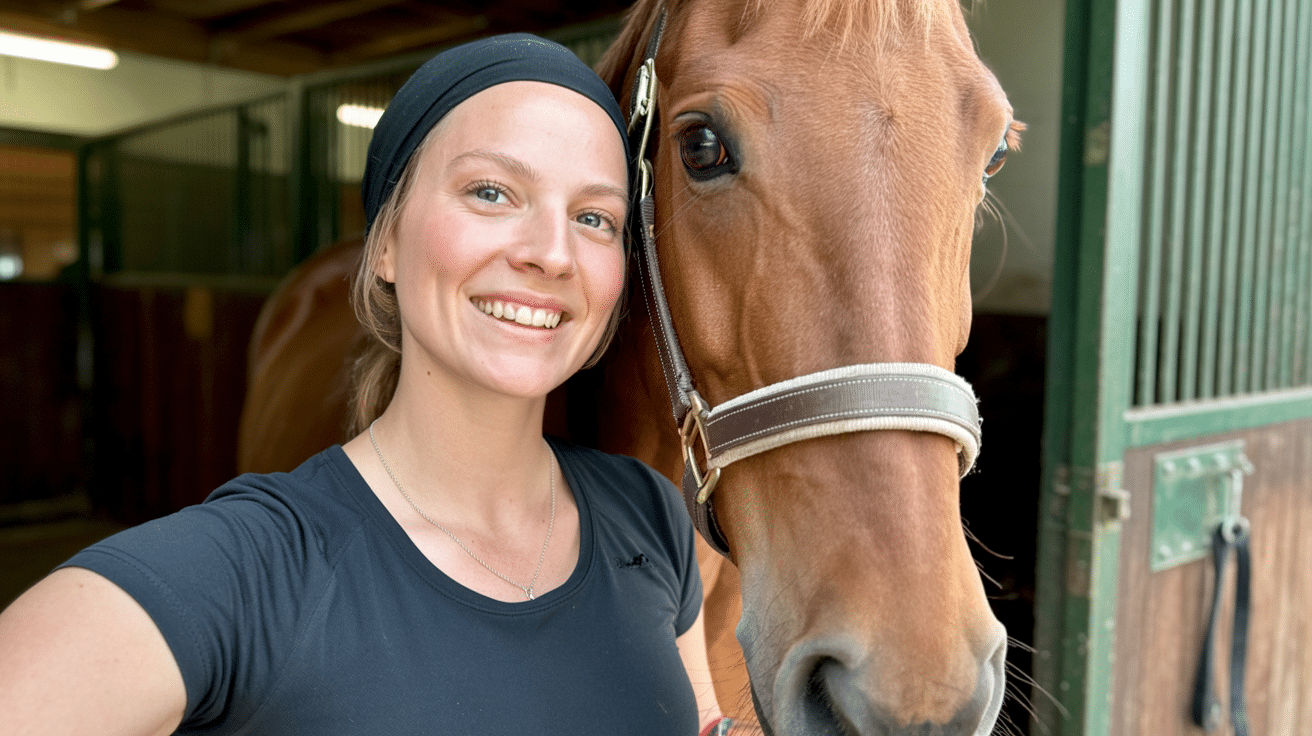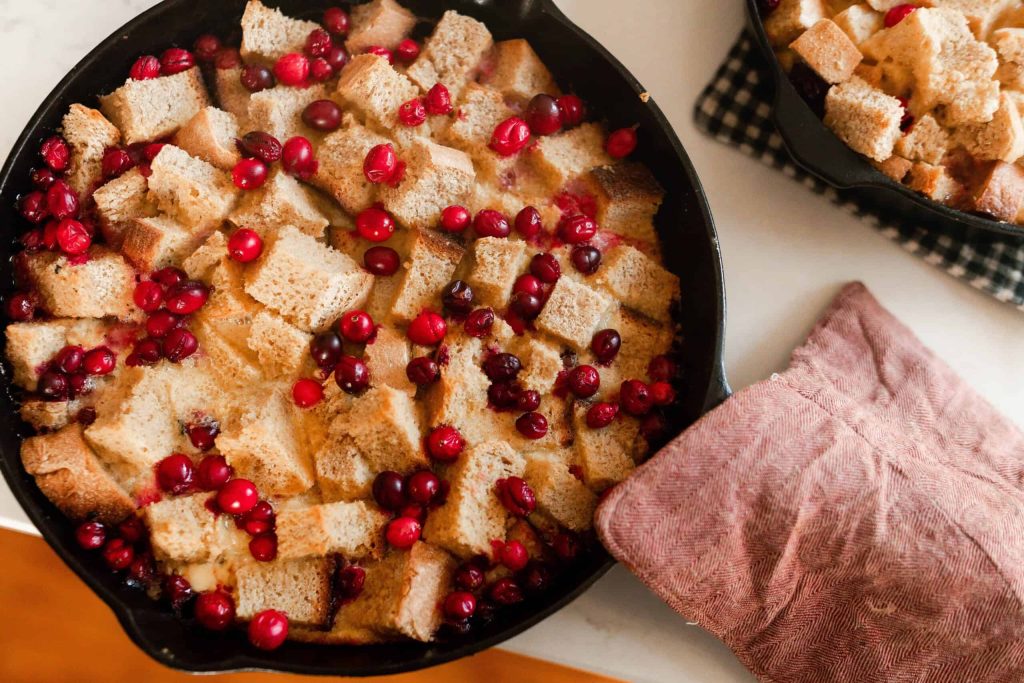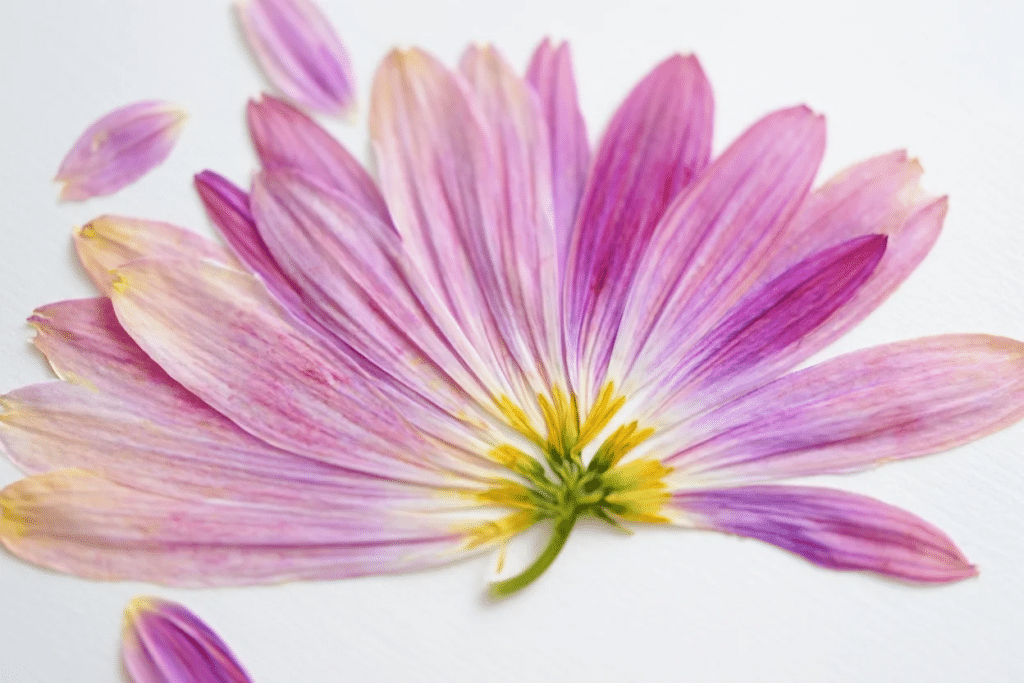I often get asked about pale olive skin and melanin levels. Many people assume that olive skin automatically means more melanin production. But the truth is more complex than that.
In this blog, I’ll explain exactly how melanin works in olive skin types. You’ll learn why some olive-skinned people can actually have pale complexions.
We’ll cover the science behind melanin production, and share practical tips for understanding your own skin type.
What is Melanin and Why Does it Matter?
I like to think of melanin as your skin’s natural paint. It gives your skin, hair, and eyes their color. But it does more than just appearance; melanin acts as your body’s built-in sunscreen.
Your body produces two main types of melanin. Eumelanin creates brown and black colors, while pheomelanin produces red and yellow hues. Most people have both types in different amounts, and this mix determines your unique skin color.
Several factors control how much melanin your skin makes. Genetics is a key factor, as parents pass down melanin-producing genes to their children. Sun exposure also matters because your skin ramps up melanin production when exposed to sunlight. Age and hormones can change melanin levels over time, too.
Do People with Olive Skin Have More Melanin Than Others?

Olive skin doesn’t automatically mean high melanin levels. I know this surprises many people, but olive skin actually sits in the middle range of the melanin spectrum.
Where Olive Skin Falls on the Melanin Scale
Think of melanin levels like a sliding scale. Fair skin has the least melanin, while very dark skin has the most. Olive skin falls somewhere in between, but it’s not always where you’d expect. Some people with olive undertones can have surprisingly low melanin levels, especially those with pale olive skin.
Pale vs. Medium vs. Darker Olive Tones
When I compare different olive skin types, the melanin differences become clear. Pale olive skin contains moderate melanin levels, more than fair skin but less than medium olive. Medium olive skin has higher melanin content, while darker olive tones contain significantly more melanin overall.
How Olive Skin Compares to Other Skin Types
The key difference with olive skin isn’t necessarily the amount of melanin, but rather the type and distribution. Olive-skinned people often have a balanced mix of eumelanin and pheomelanin. This creates that distinctive greenish or yellowish undertone we associate with olive complexions.
Factors that Influence Melanin Levels in Olive Skin
Your melanin levels aren’t set in stone. Several factors determine how much melanin your olive skin produces.
Genetics and Ancestry
Your family tree plays the biggest role. People with Mediterranean, Middle Eastern, or South Asian ancestry often carry olive skin genes. But you might have pale olive skin even if your relatives have darker tones.
Sun Exposure and Tanning Response
Olive skin typically tans well, but responses vary. Some people with pale olive skin tan easily. Others might burn first or struggle to develop color. Your genes determine how much melanin your skin makes after sun exposure.
Hormonal Changes and Lifestyle
Pregnancy often increases melanin production. Birth control and hormone therapy can too. Age matters – melanin production decreases as you get older. Stress and certain medications also influence melanin levels.
Skin Health and Care Considerations for Olive Skin
Olive skin comes with its own benefits and challenges. It ages well and tans beautifully, but can be prone to pigmentation issues.
- Uneven pigmentation: Olive skin tends to develop dark spots more easily after sun exposure or breakouts.
- Hyperpigmentation risk: Dark marks from acne linger longer on olive complexions.
- Daily SPF essential: Even tanning-prone olive skin needs sun protection to prevent aging and spots.
- Gentle products: Harsh scrubs can trigger more pigmentation, so stick to mild routines.
- Different care needs: Pale olive skin requires lighter formulas and frequent sunscreen, whereas deeper olive tones require extra attention to hyperpigmentation.
For anyone dealing with these concerns, following a simple at-home routine for olive skin can make a real difference in restoring brightness and balance.
Conclusion
Understanding your skin’s melanin levels helps you make better skincare choices.
I’ve shown you that olive skin sits in the middle of the melanin spectrum, with pale olive skin containing moderate levels compared to other skin types.
Your genetics, sun exposure, and hormones all play a role in determining your exact melanin production. Olive skin needs gentle care and consistent sun protection, regardless of how well it tans.
Take time to understand your specific olive skin type. With the right care approach, you can keep your complexion healthy and radiant for years.













